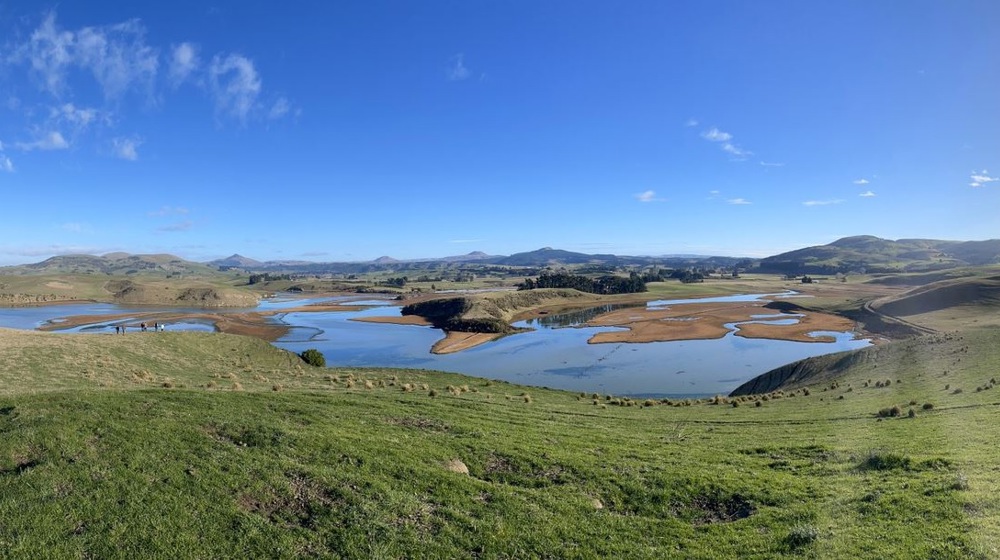Natural hazards pose risks to Otago's stunning landscapes and vibrant communities. With proactive measures and community collaboration, the Otago Regional Council is working to mitigate these risks and ensure a safer, more resilient future for all.

Head of Lake Whakatipu / Whakatipu Waimāori
The landscape at the head of Lake Whakatipu is made up of the mountains, streams, floodplains and large rivers feeding into the lake – this magnificent natural setting makes the area an attractive place to live in or visit. However, it also means that this area is exposed to many natural hazard risks.

South Dunedin
South Dunedin is an important part of Dunedin City. It’s a vibrant and diverse community that tens of thousands call home. Otago Regional Council has been collecting and analysing information about the natural hazards faced by South Dunedin.

Maintaining the Gains in coastal Dunedin
A partnership project with Aukaha to control pest plants across 16 QEII covenants in the coastal Dunedin area.

Roto-Nui-a-Whatu / Lake Tuakitoto
Otago Regional Council is working with the community to enhance and protect this regionally significant wetland and its biodiversity. Part of this is educating the wider community about how important wetlands are to our environment, and why we are all working to protect them.

Toitū Te Hakapupu: The Pleasant Catchment River Restoration Project
A partnership project with Kāti Huirapa Rūnaka ki Puketeraki to improve the health of the rivers and estuary in the Pleasant River Catchment.

Tomohaka / Tomahawk Lagoon
Working with different community groups and members of the community, Otago Regional Council is working to enhance the Tomahawk Lagoon Catchment through community action to contribute to a healthy ecosystem for all to enjoy.
